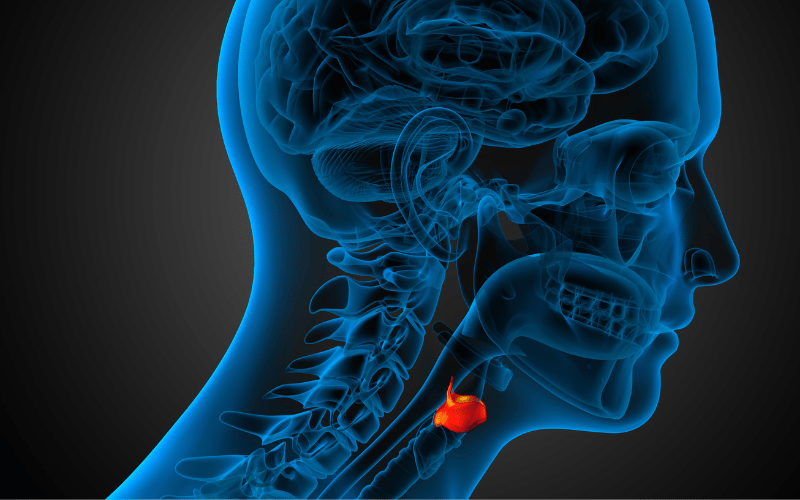Fact 3: The Self-Resolving Nature

Laryngomalacia’s narrative is often one of natural resolution, a comforting fact for families embroiled in the early days of diagnosis. The condition is typically at its peak at around 6 months of age, and as the child grows, so does the strength and stability of the laryngeal structures. By the time the child reaches their first or second birthday, the symptoms of laryngomalacia have often significantly diminished or resolved entirely.
The gradual strengthening of the laryngeal tissues aligns with the infant’s overall development. As the child begins to sit up, the gravity-assisted position helps reduce the symptoms. The improvement in muscle tone and coordination also contributes to the resolution of the stridor and other associated symptoms.
During this period of self-resolution, monitoring the infant’s growth and development is crucial. Regular check-ups allow for assessment of the child’s weight gain, feeding habits, and respiratory function. These visits provide reassurance to parents that their child is on the right trajectory.
While the self-resolving nature of laryngomalacia is a prevailing trend, it is not a guarantee. A subset of infants may continue to experience symptoms beyond the typical resolution window. For these children, further evaluation may be necessary to rule out other conditions or to consider interventions that can alleviate persistent symptoms.
The knowledge that laryngomalacia is typically a self-limiting condition offers a beacon of hope for families. It underscores the importance of patience and supportive care in the journey toward respiratory maturity and the eventual quieting of the stridor that once dominated their child’s early soundscape. (3)